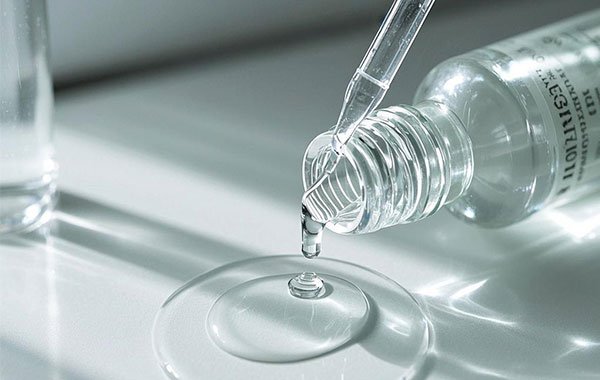Introduction to Glycerin
1. What is Glycerin?
Chemical Properties:
Molecular Formula: C₃H₈O₃
Physical Characteristics: Colorless, transparent viscous liquid; highly hygroscopic and easily soluble in water.
Natural vs. Synthetic Sources:
Natural Sources: Hydrolysis of plant oils (e.g., palm oil, coconut oil) or by-products of biodiesel production.
Synthetic Sources: Propylene oxidation (primarily for industrial-grade glycerol).
2. Production Process and Quality Standards
Production Flowchart:
Raw Material Processing → Hydrolysis/Transesterification → Crude Glycerol Purification → Molecular Distillation → Finished Product Testing
3. Applications of Glycerin:
Cosmetics Industry:
Acts as a natural humectant to enhance skincare products' moisture retention.
Gentle and skin-friendly, suitable for sensitive skin.
Food Industry:
Functions as a sweetener and preservative, compliant with safety regulations.
Widely used in baked goods, beverages, and health foods.
Pharmaceutical Industry:
Serves as a base for soft capsules and ointments, ensuring drug safety through high purity.
Industrial Applications:
Excels in automotive antifreeze and plasticizers due to its exceptional stability.
4. Market Overview
With the rapid development of the global health and wellness industry and green chemical technologies, the glycerin market continues to expand. According to industry reports, the global demand for glycerin surpassed 3 million tons in 2023. Leveraging our technological expertise and supply chain advantages, INNOAS has established strategic partnerships with renowned enterprises worldwide, exporting products to over 30 countries and regions.
